CERT-IN Compliance for AI Code Security: Unlocking Trust with Automated Code Reviews

Imagine a major Indian fintech startup on the verge of securing a national bank contract — until the bank demands proof of CERT-IN compliance. Overnight, teams must scramble to audit code, patch vulnerabilities, and retrofit security controls under pressure. This scenario is now common across industries, as CERT-IN compliance becomes the gold standard for code security and business credibility in India, especially with cybersecurity incidents skyrocketing from 53,000 in 2017 to 1.32 million in 2023. As an AI practitioner, I’ve seen CERT-IN’s influence grow, especially with the launch of the world’s first ANAB-accredited AI security certification, CSPAI. For organizations using AI code tools and automated code reviews, achieving CERT-IN compliance is no longer optional — it’s a strategic necessity, especially with the average cost of a data breach in India now exceeding $2.18 million.
The Rising Importance of AI Code Security
AI is transforming software development. Tools like GitHub Copilot and Cursor are now used by 75% of developers, accelerating code production but also introducing new risks. Recent studies show that 62% of AI-generated code solutions contain design flaws or security weaknesses, even when using advanced large language models. This underscores the critical need for robust code security frameworks — especially for businesses operating in regulated industries or handling sensitive data.
What CERT-IN Compliance Brings to the Table
CERT-IN is India’s national agency for incident response, operating under the Ministry of Electronics and Information Technology. Its guidelines and certifications, like CSPAI, are designed to help organizations proactively address cybersecurity threats specific to AI systems. The CSPAI program, for example, equips security professionals with the skills to integrate AI securely into business applications, ensuring sustainable and trustworthy AI deployments.
From a business perspective, CERT-IN compliance offers several advantages:
- Enhanced Trust and Credibility: Customers and partners increasingly demand proof of robust security practices. Certification signals your commitment to code security and regulatory best practices.
- Reduced Risk of Breaches: By following CERT-IN guidelines, organizations can identify and mitigate vulnerabilities early, reducing the likelihood of costly security incidents.
- Alignment with Global Standards: The CSPAI program is ANAB-accredited, meaning it meets international benchmarks for AI security certification.
How AI Code Reviews and Tools Support Compliance
AI code tools, including automated code review platforms, play a pivotal role in achieving and maintaining CERT-IN compliance. These tools go beyond traditional static analysis by providing contextual insights into how code changes affect your security architecture. For example, advanced AI code review agents can:
- Summarize and categorize changes across pull requests, highlighting potential security risks.
- Evaluate the impact on overall security posture by analyzing how new code interacts with existing systems.
- Prioritize vulnerabilities based on real-world impact, helping teams focus on the most critical issues first.
This approach is especially valuable for organizations managing large, complex codebases or multiple microservices, where manual reviews are impractical.
Panto’s CERT-IN Compliance: A Model for Security and Trust
In today’s landscape, achieving CERT-IN compliance is a clear differentiator for organizations committed to code security and regulatory excellence. Panto, for example, has undergone a secure code review audit conducted by a certified CERT-IN empanelled auditor, ensuring its codebase adheres to stringent security practices and minimizes vulnerabilities. This commitment is backed by advanced encryption, stringent access protocols, proactive monitoring, and a transparent approach to data handling — making Panto a trusted partner for businesses seeking to align their AI code tools and review processes with India’s top security standards. Customers can request a copy of Panto’s Secure Code Review Audit Report, further reinforcing trust and accountability.
Panto’s CERT-IN compliance is more than a badge — it’s a foundation for security and trustworthiness. By meeting these rigorous standards, Panto demonstrates to customers, partners, and regulators that their data and intellectual property are protected at the highest level. This is especially critical for organizations leveraging AI code reviews and code security tools, as it ensures that sensitive code never leaves the organization’s control beyond the moment of analysis, aligning with Panto’s zero code retention policy.
The Business Case for AI Code Security
Investing in AI code security isn’t just about compliance — it’s about business resilience. As Dr. Sanjay Bahl, Director General of CERT-IN, noted,
“This incisive and timely CSPAI program empowers professionals with comprehensive expertise to gain understanding of AI systems and to be proactive against the new spectrum of threats.”
The curated course blends all key elements of AI security, enriching skills to deploy secure and trustworthy AI in work environments.
For business leaders, the rationale is clear:
- Protect Brand Reputation: Security incidents can erode customer trust and damage your brand. Proactive code security helps prevent these scenarios.
- Drive Innovation Safely: By embedding security into your AI development lifecycle, you can innovate faster without compromising safety or compliance.
- Unlock New Opportunities: CERT-IN compliance opens doors to new markets and partnerships, especially in sectors with strict regulatory requirements.
Practical Steps to Achieve CERT-IN Compliance
- Assess Your Current Security Posture: Identify gaps in your AI code review processes and tooling.
- Leverage AI Code Tools: Adopt platforms that provide contextual, automated code reviews to catch design flaws and insecure coding practices.
- Train Your Team: Enroll security and development professionals in programs like CSPAI to build expertise in AI security.
- Monitor and Iterate: Continuously monitor your codebase for new vulnerabilities and update your security practices as threats evolve.
Conclusion: Secure AI, Secure Business
As AI becomes integral to business operations, organizations must prioritize code security and regulatory compliance. CERT-IN’s CSPAI program and similar initiatives are setting the standard for secure AI deployments in India and beyond. By integrating AI code reviews and advanced code security tools into your workflow — as exemplified by Panto’s CERT-IN compliance — you can protect your business, build trust with stakeholders, and stay ahead in a rapidly changing digital landscape.
For those looking to future-proof their AI initiatives, now is the time to embrace CERT-IN compliance — because secure code is the foundation of secure business.
Your AI code Review Agent
Wall of Defense | Aligning business context with code | Never let bad code reach production
No Credit Card
No Strings Attached

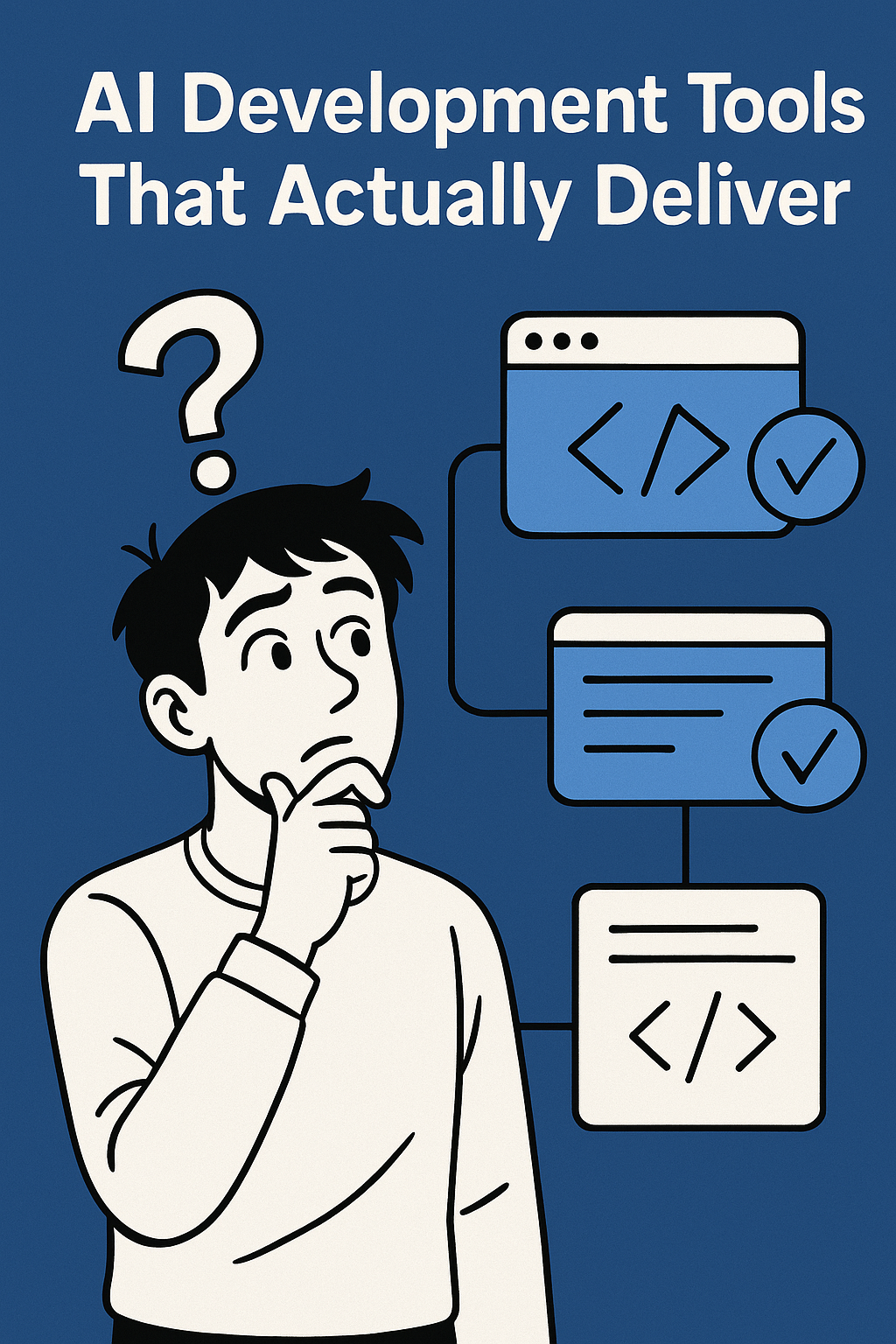
AI Development Tools That Actually Deliver
AI is no longer just a buzzword; it's a critical component of the modern software development lifecycle. This article explores how AI tools are delivering measurable value across six key areas: code generation, code reviews, automated testing, refactoring, documentation, and metrics, providing insights and data to help tech leaders build a high-performing AI toolchain.
Aug 05, 2025

We raised. We’re building harder.
Panto AI announces its pre-seed funding from Antler Singapore, marking a new chapter focused on revolutionizing code review. The company's AI-powered Code Review Agent is already demonstrating significant improvements in merge times and defect detection, with plans to expand into a comprehensive QA Agent.
Jul 31, 2025
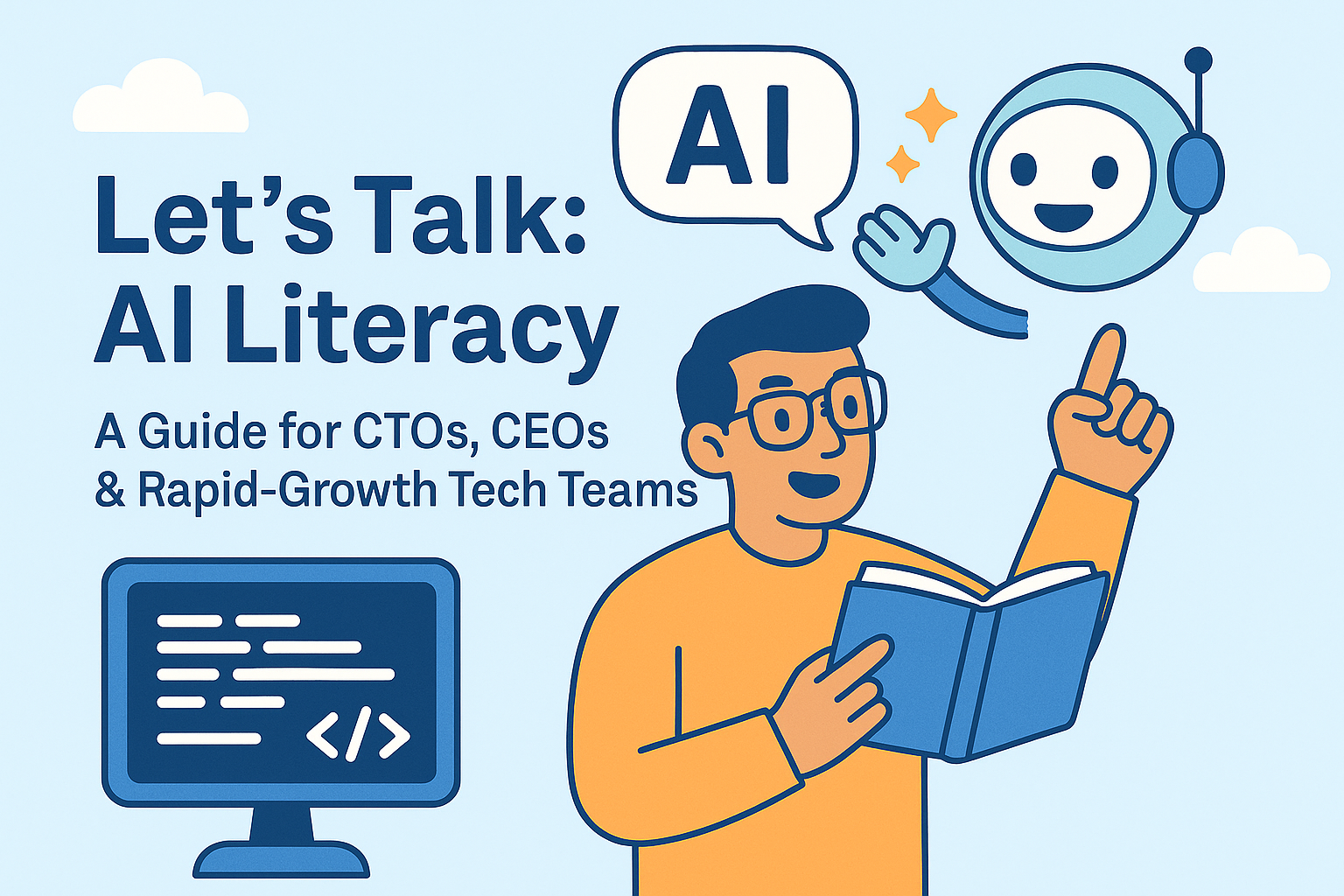
How AI Affects Developer Literacy: A Guide for CTOs, CEOs & Rapid-Growth Tech Teams
While AI promises to revolutionize software development, an over-reliance on AI tools can subtly erode foundational developer skills. This guide for CTOs, CEOs, and rapid-growth tech teams explores the hidden risks of AI on developer literacy and outlines strategies to leverage AI for productivity without sacrificing core competencies.
Jul 31, 2025
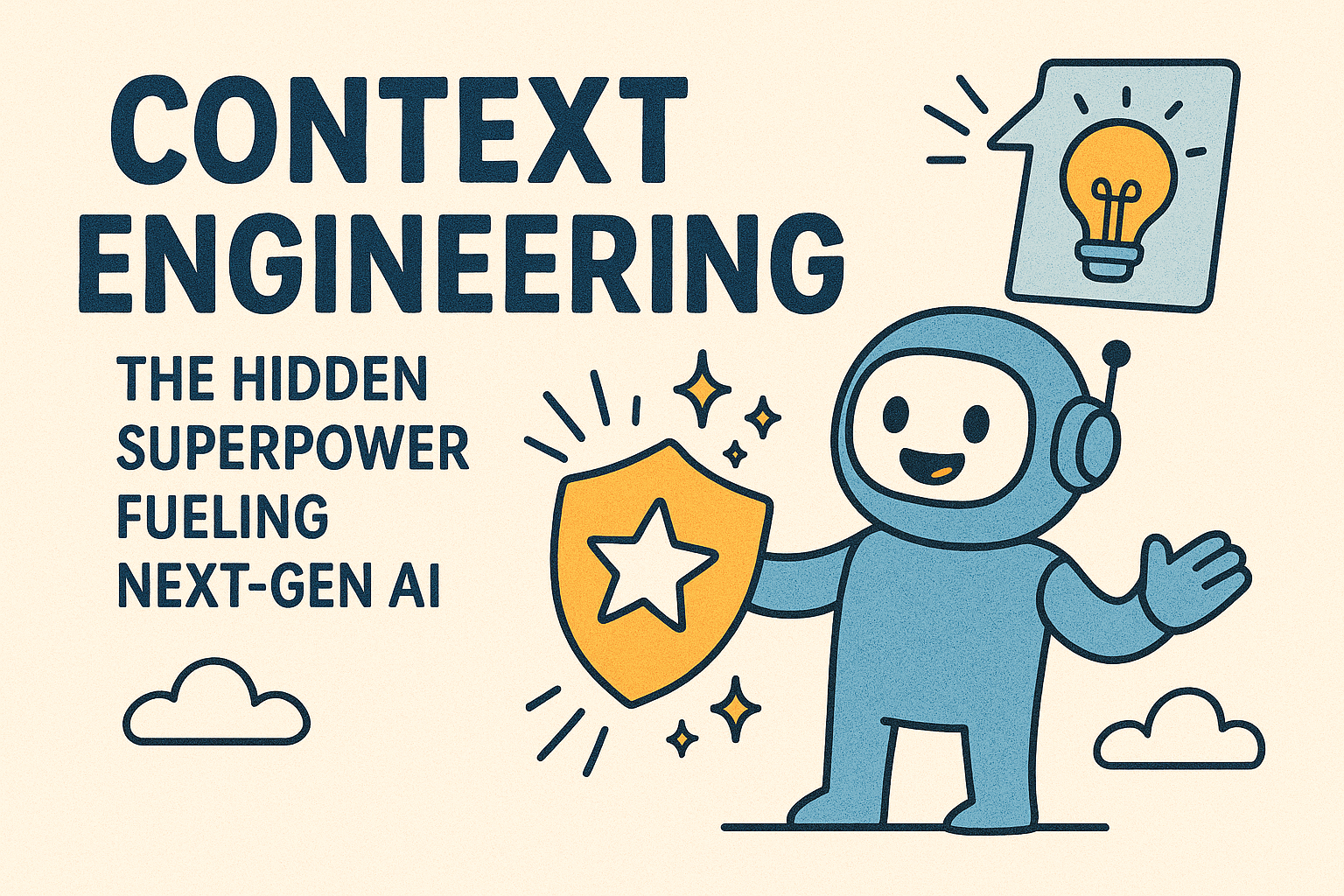
Context Engineering: The Hidden Superpower Fueling Next-Gen AI
Beyond prompt hacks, context engineering is the critical behind-the-scenes work that transforms LLMs from clever demos into reliable, scalable AI systems. This article explains why managing the entire AI context window—including user history, business logic, and relevant data—is the true foundation for advanced, production-ready AI.
Jul 30, 2025
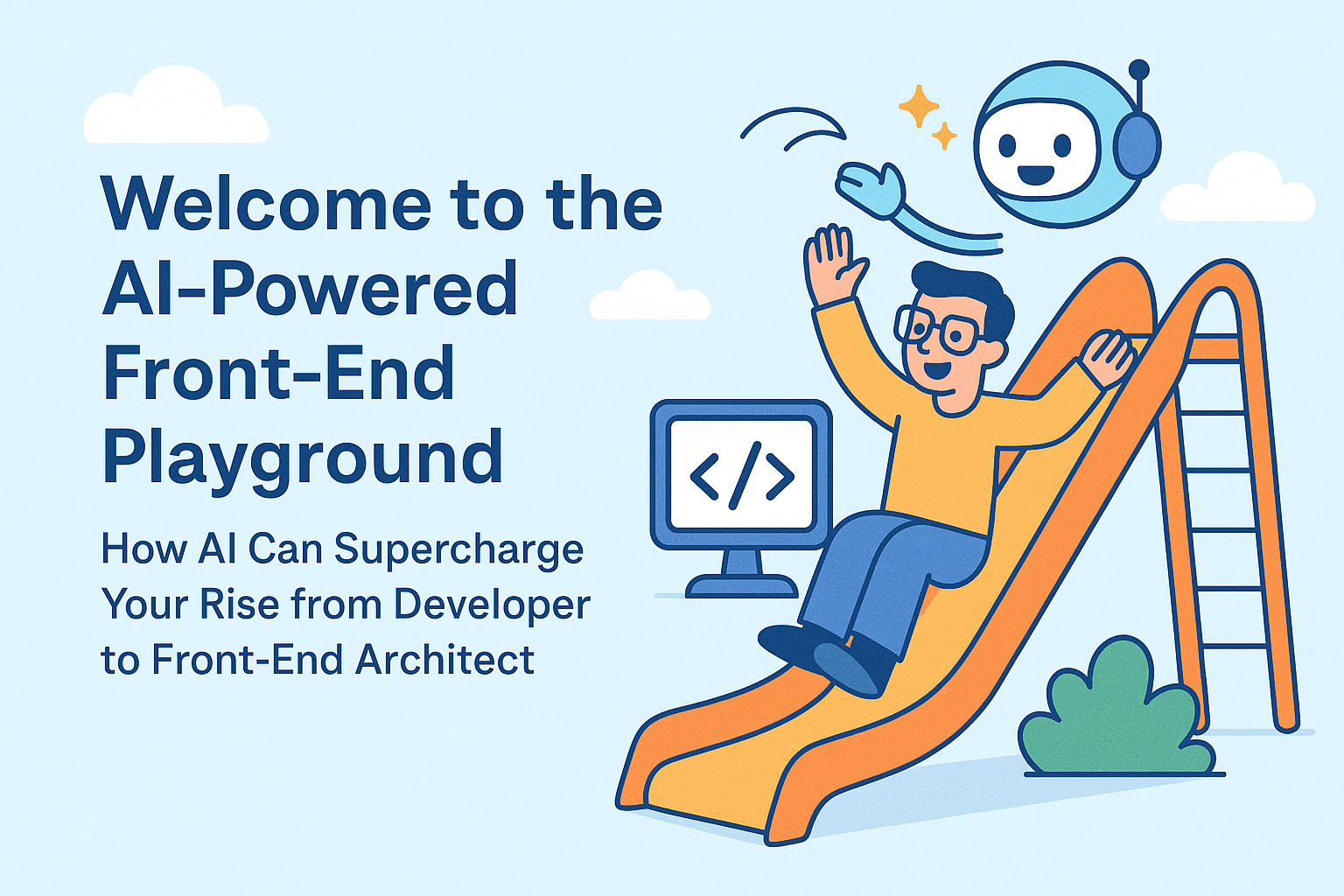
Welcome to the AI-Powered Front-End Playground: How AI Can Supercharge Your Rise from Developer to Front-End Architect
The front-end development landscape is being rapidly transformed by AI. This article explores how AI tools, from code generation to advanced code review, can significantly accelerate a developer's journey to becoming a front-end architect by automating mundane tasks, enhancing learning, and improving overall project quality.
Jul 29, 2025
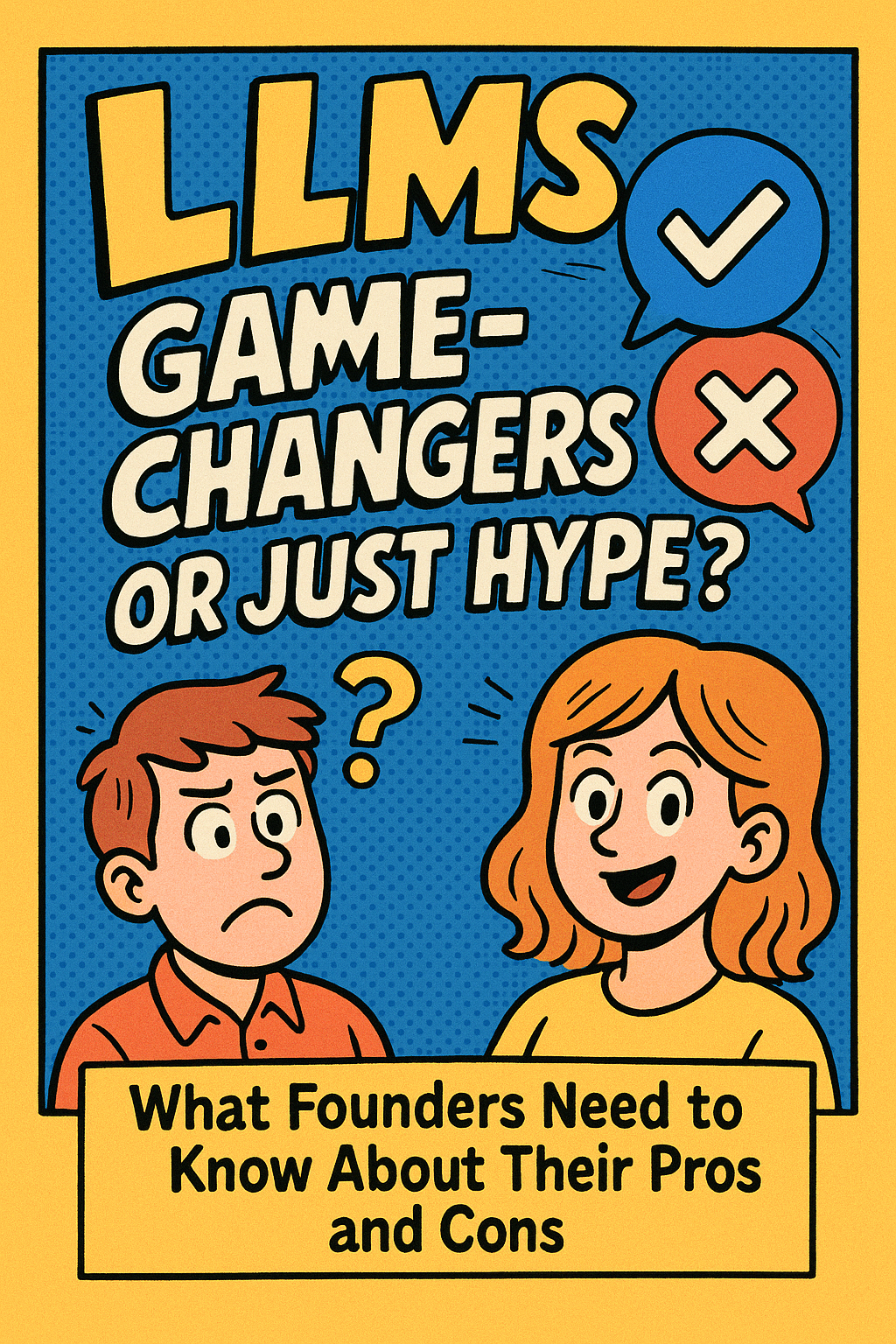
LLMs: Game-Changers or Just Hype? What Founders Need to Know About Their Pros and Cons
Large Language Models (LLMs) are everywhere, but are they truly revolutionary or just an overhyped trend? This article cuts through the noise, offering founders a balanced perspective on the real strengths and critical limitations of LLMs, and how to strategically leverage them for genuine impact.
Jul 25, 2025